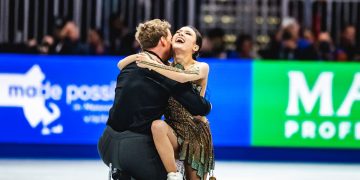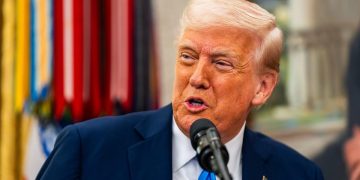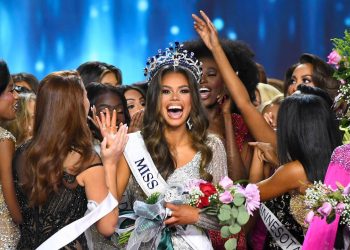In 2010, the figure skating coach Frank Carroll, who has coached Asian American Olympians such as Michelle Kwan and Mirai Nagasu, said that skaters of Asian descent had found success on the ice because their bodies are “often small and willowy.”
“They have bodies that are quick and light; they’re able to do things very fast,” Carroll told The New York Times. “It’s like Chinese divers. If you look at those bodies, there’s nothing there. They’re just like nymphs.”
Carroll’s remarks were part of decades of Olympics commentary that zeroes in on Asian bodies, often focusing on athletes’ size, beauty and fragility. Experts say this type of generalization is racist and dehumanizing and part of a longer history of exotifying and sexualizing Asian women in the U.S.
Rachael Joo, an associate professor of American studies at Middlebury College and the author of “Transnational Sport: Gender, Media and Global Korea” told NBC Asian America that the representation of Asian American athletes hasn’t changed much over the years. “There’s a lot of misguided essentialism that’s going on,” she said. “If we’re going to talk about bodies, let’s not generalize by race or nation.”
Asian Americans first made an impact in Olympic sports when Victoria Manalo Draves, who was called the Olympics’ “prettiest champion” by Life magazine, won a gold medal in platform and springboard diving at the 1948 games, becoming the first Asian American to earn gold….


























































